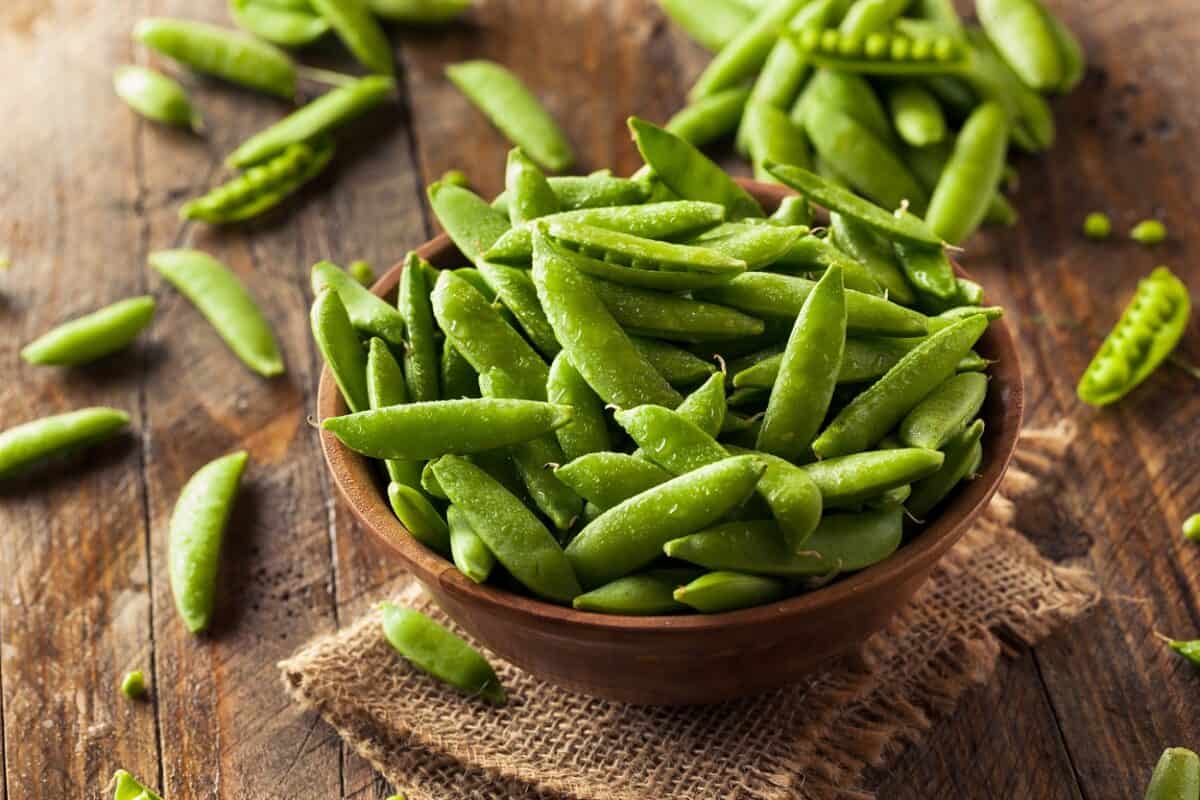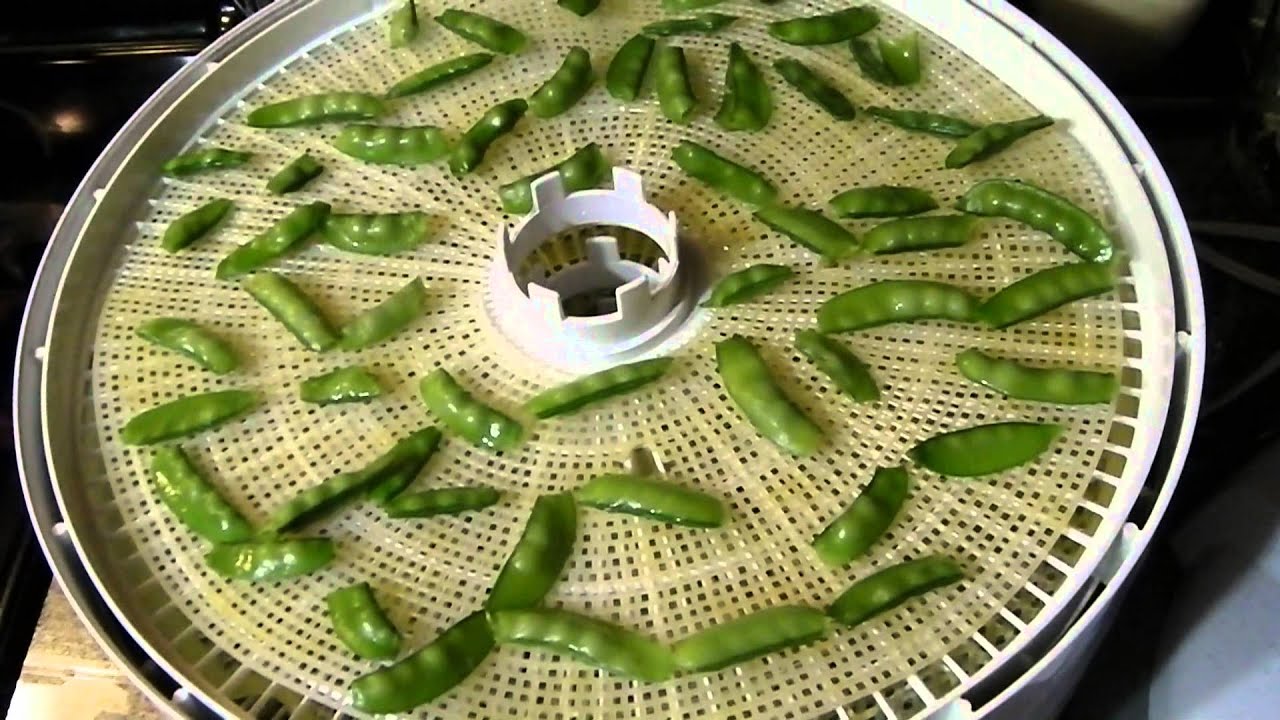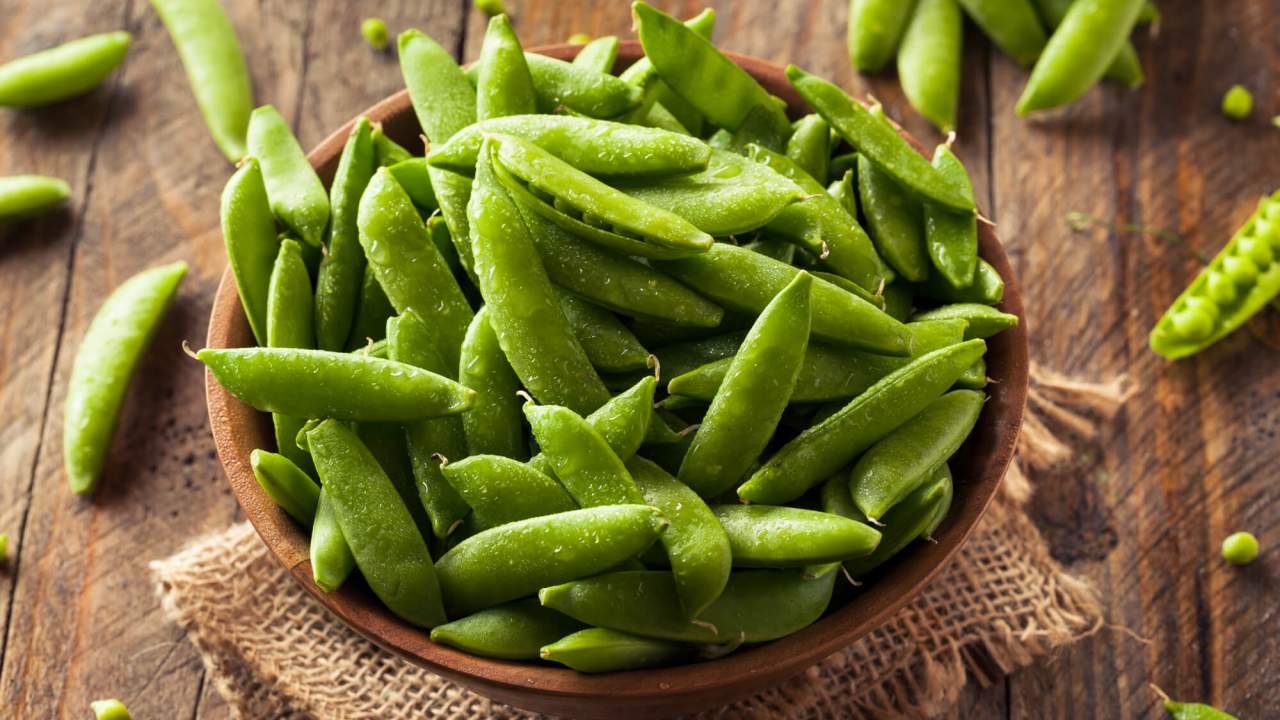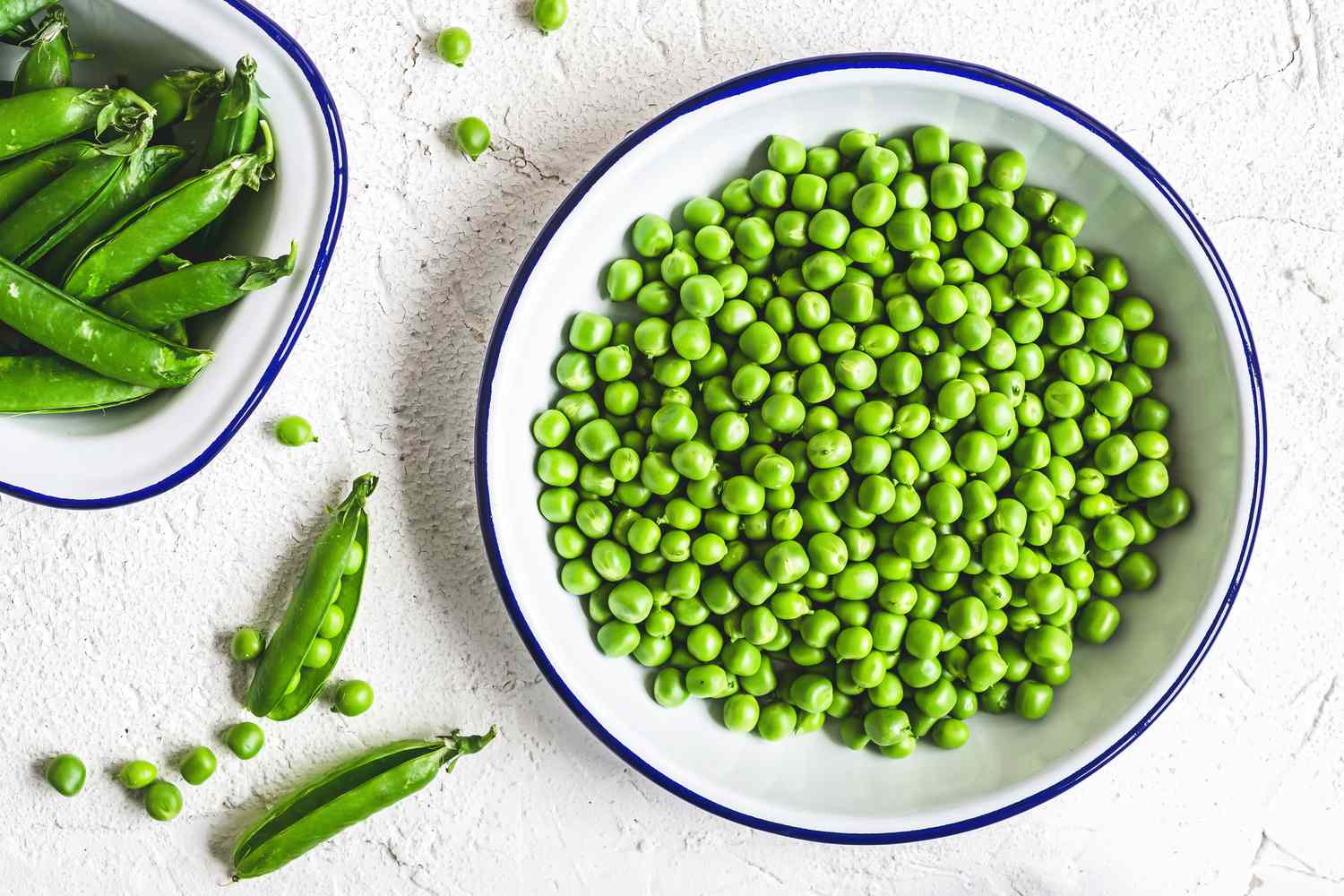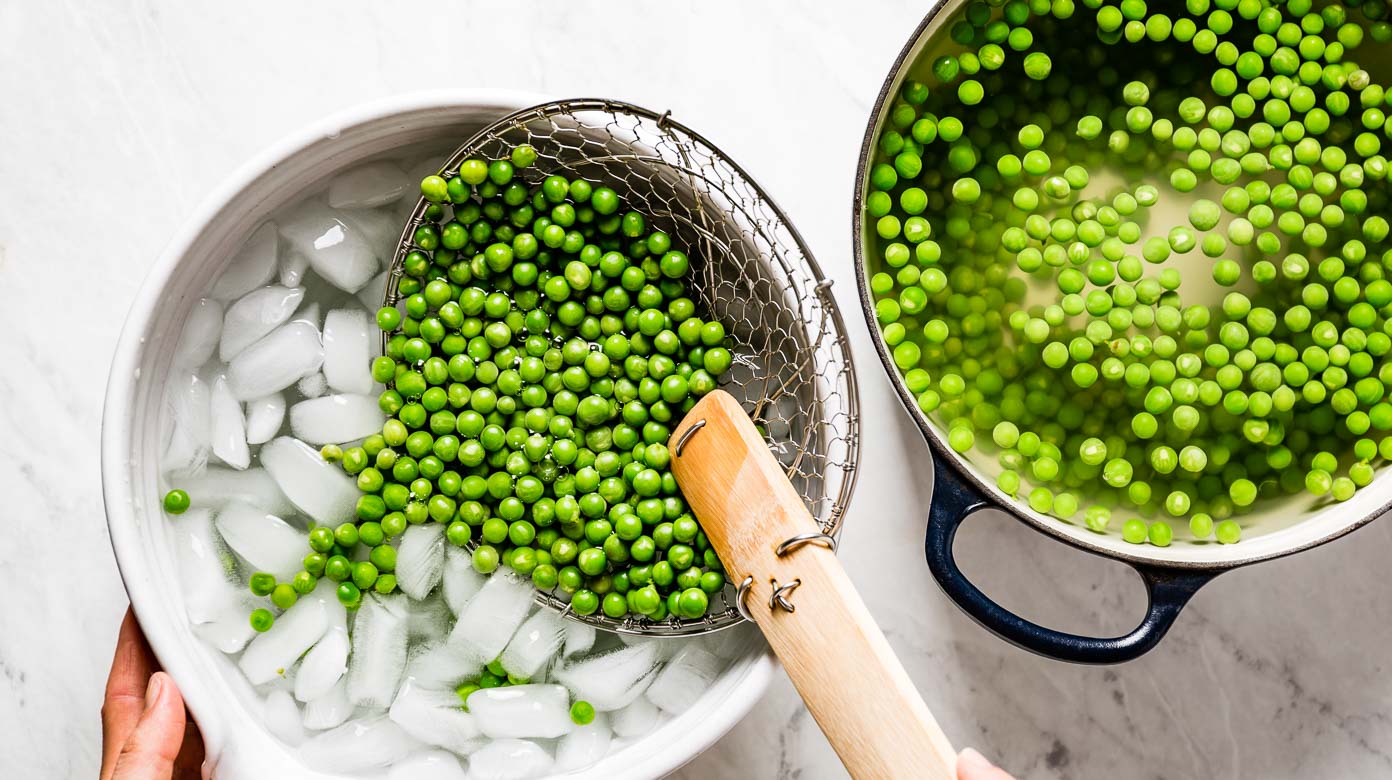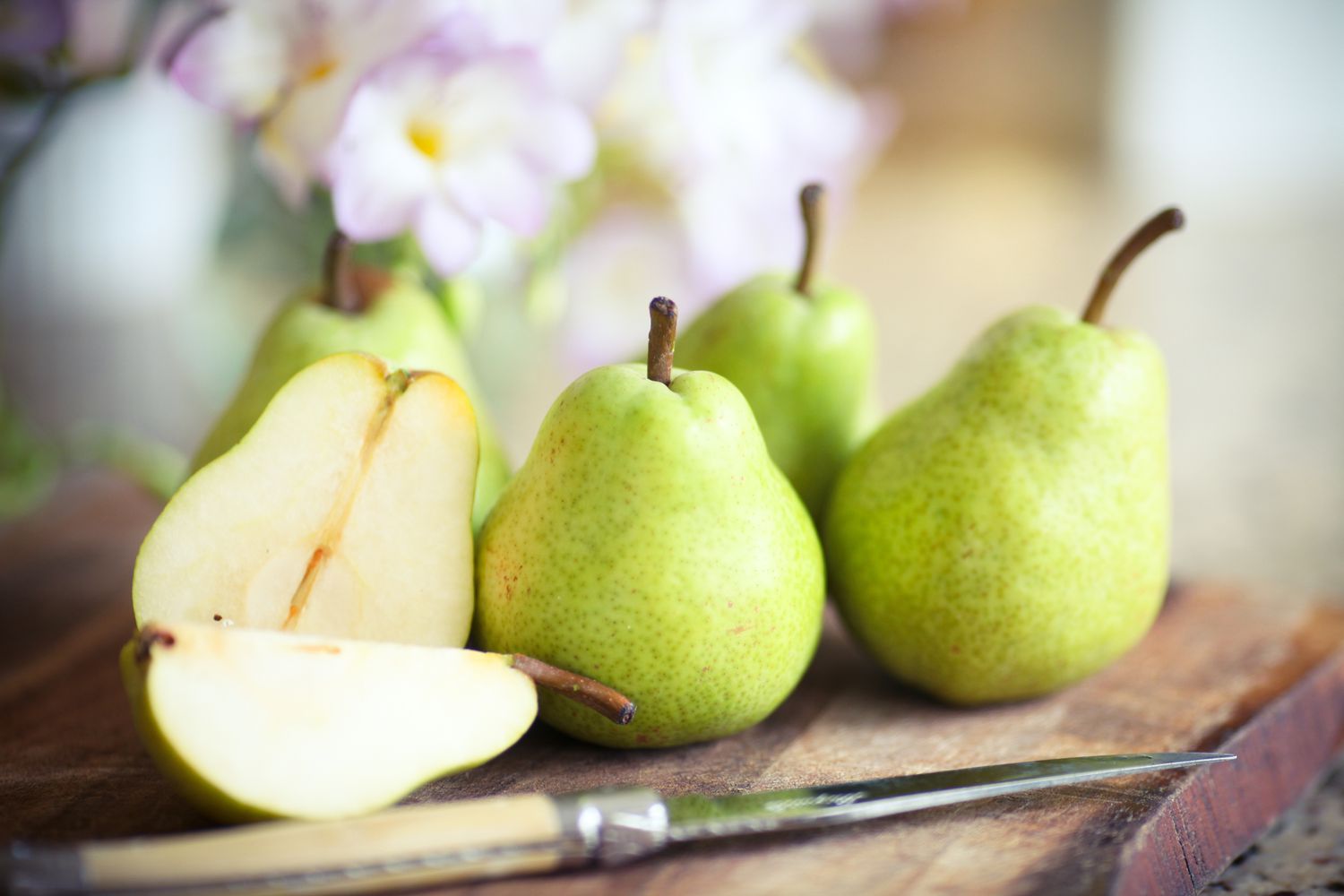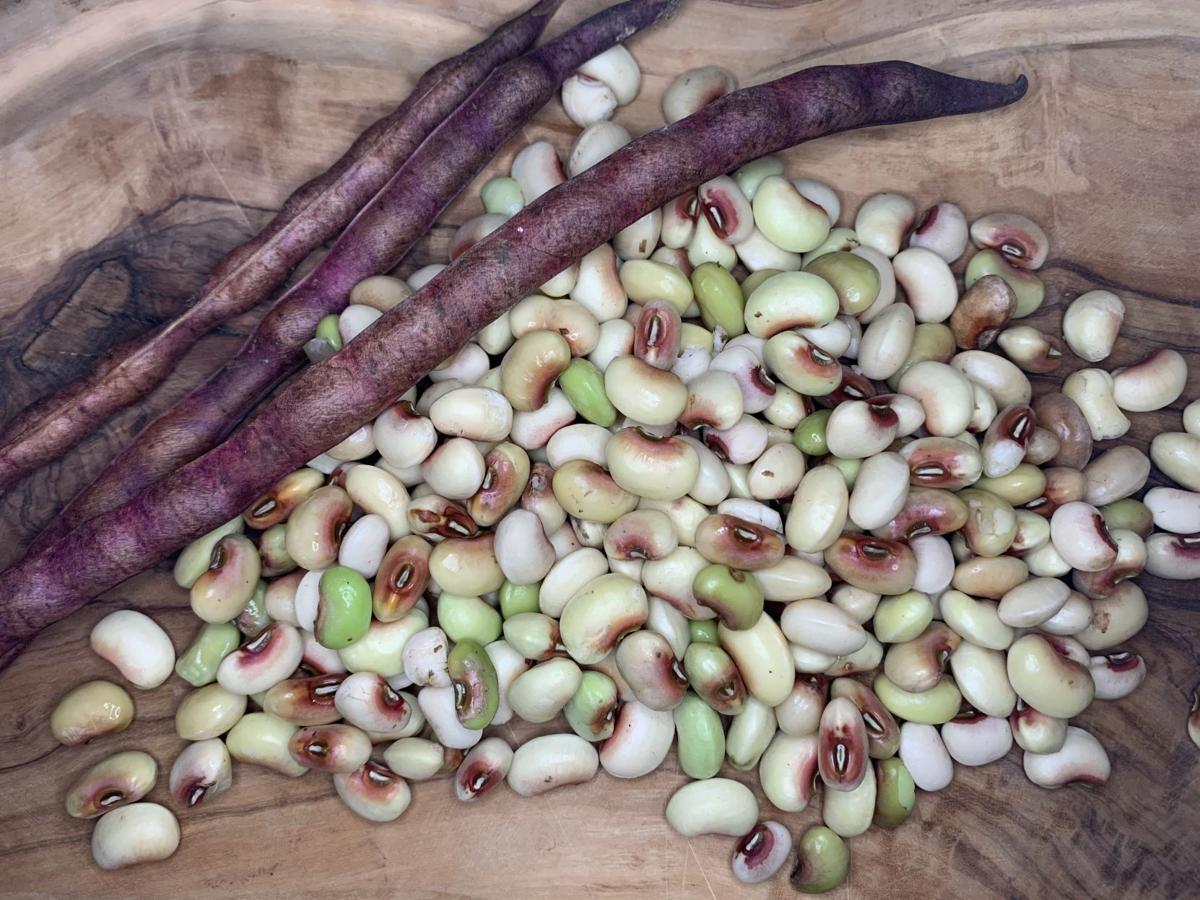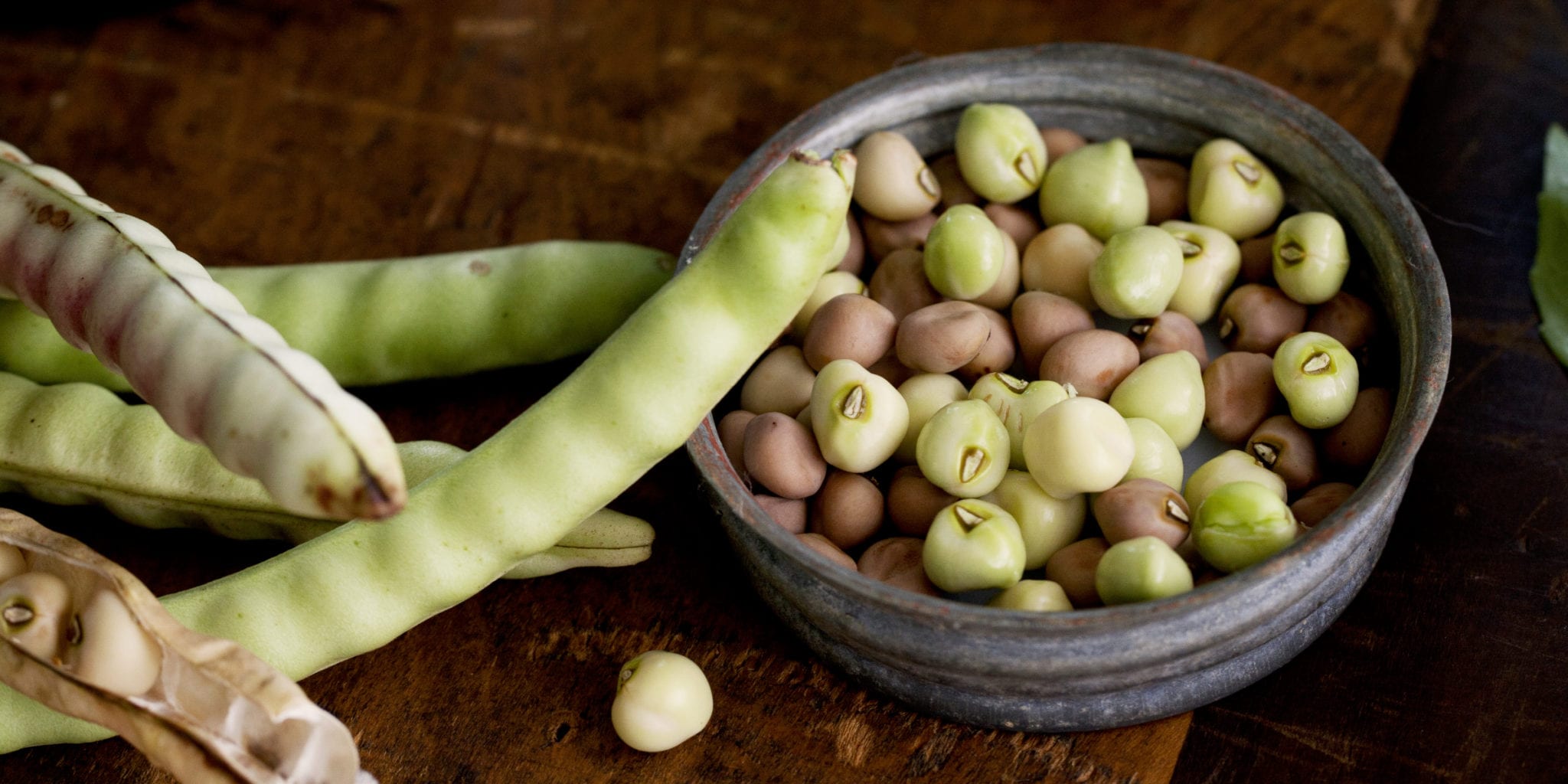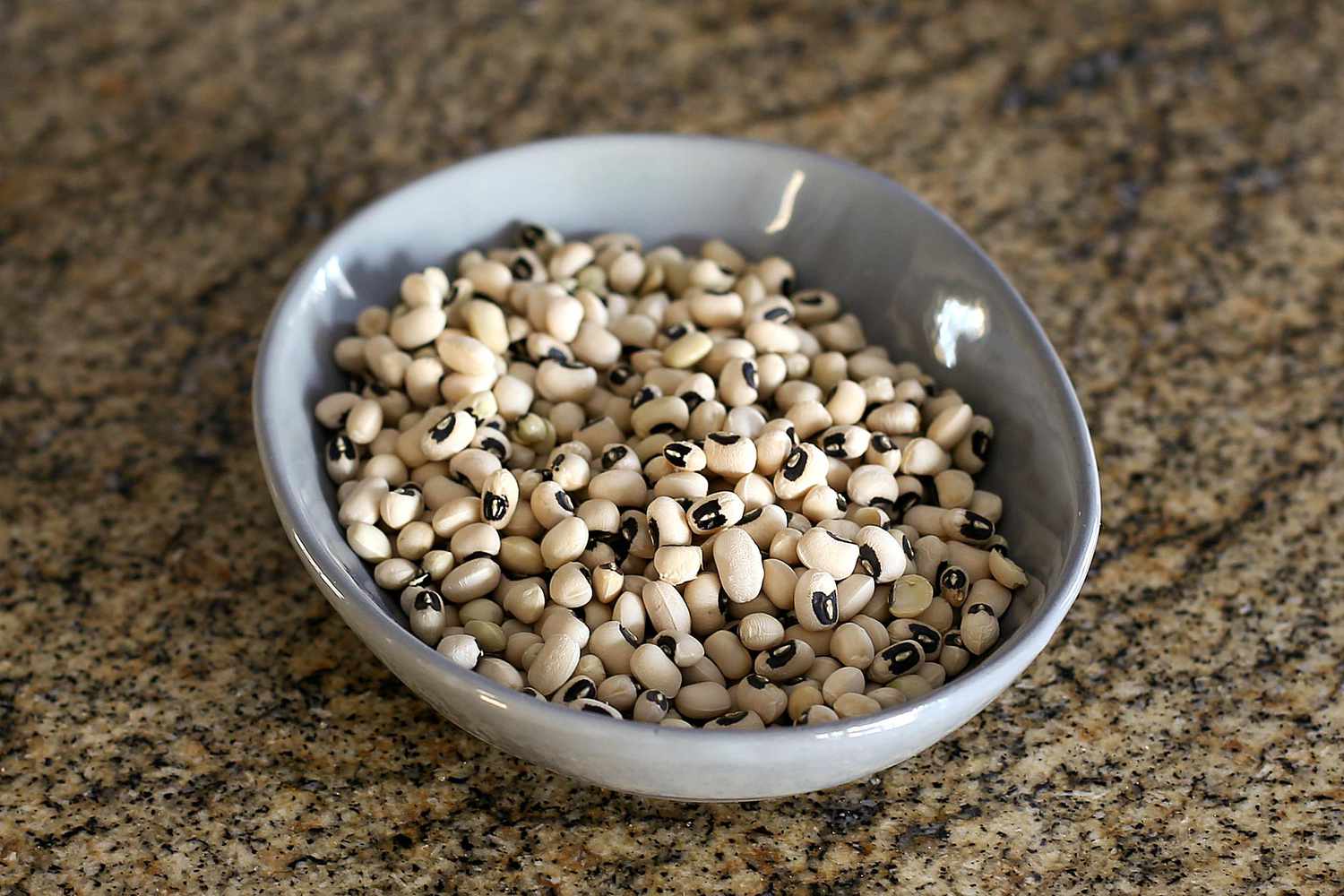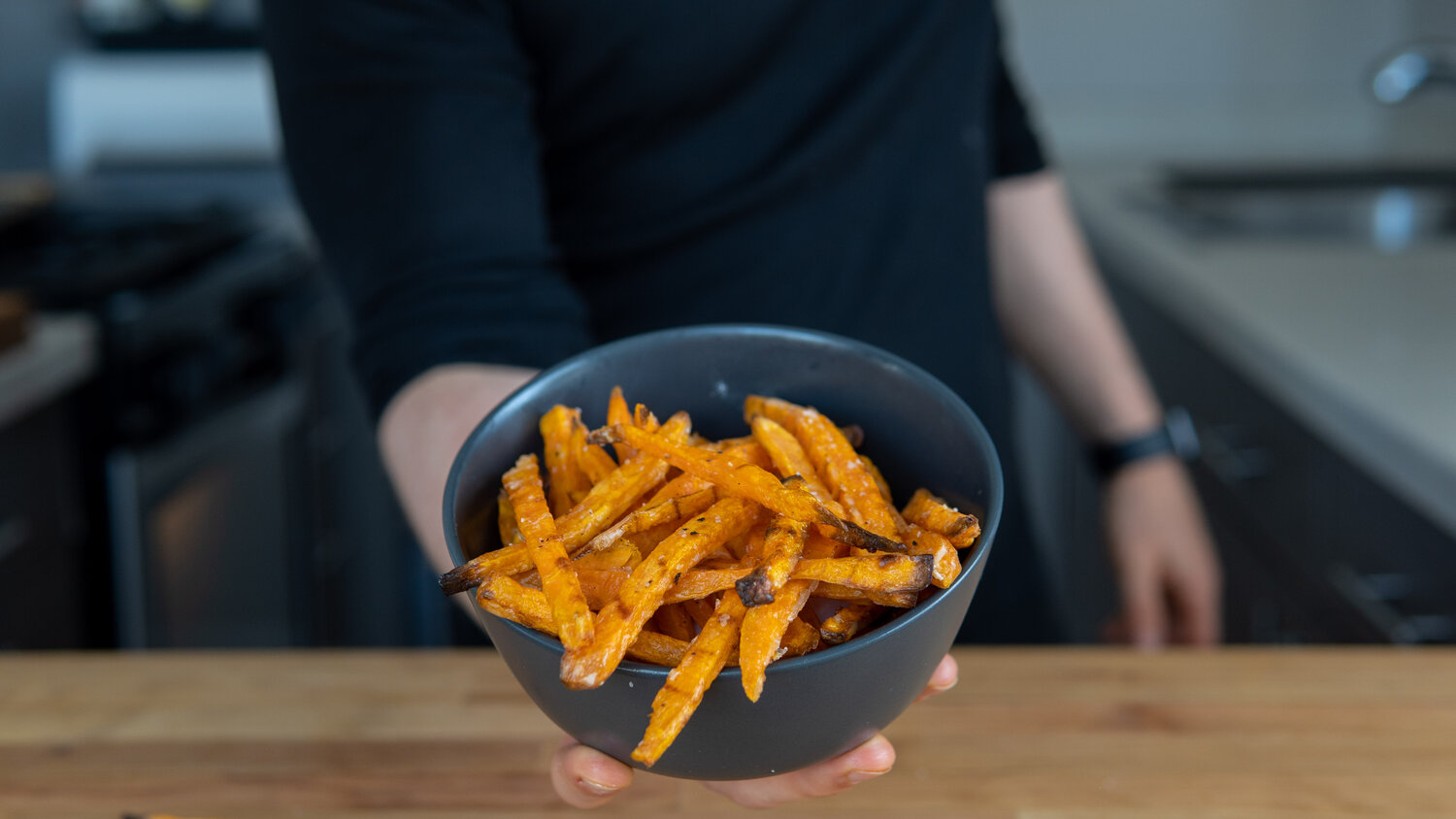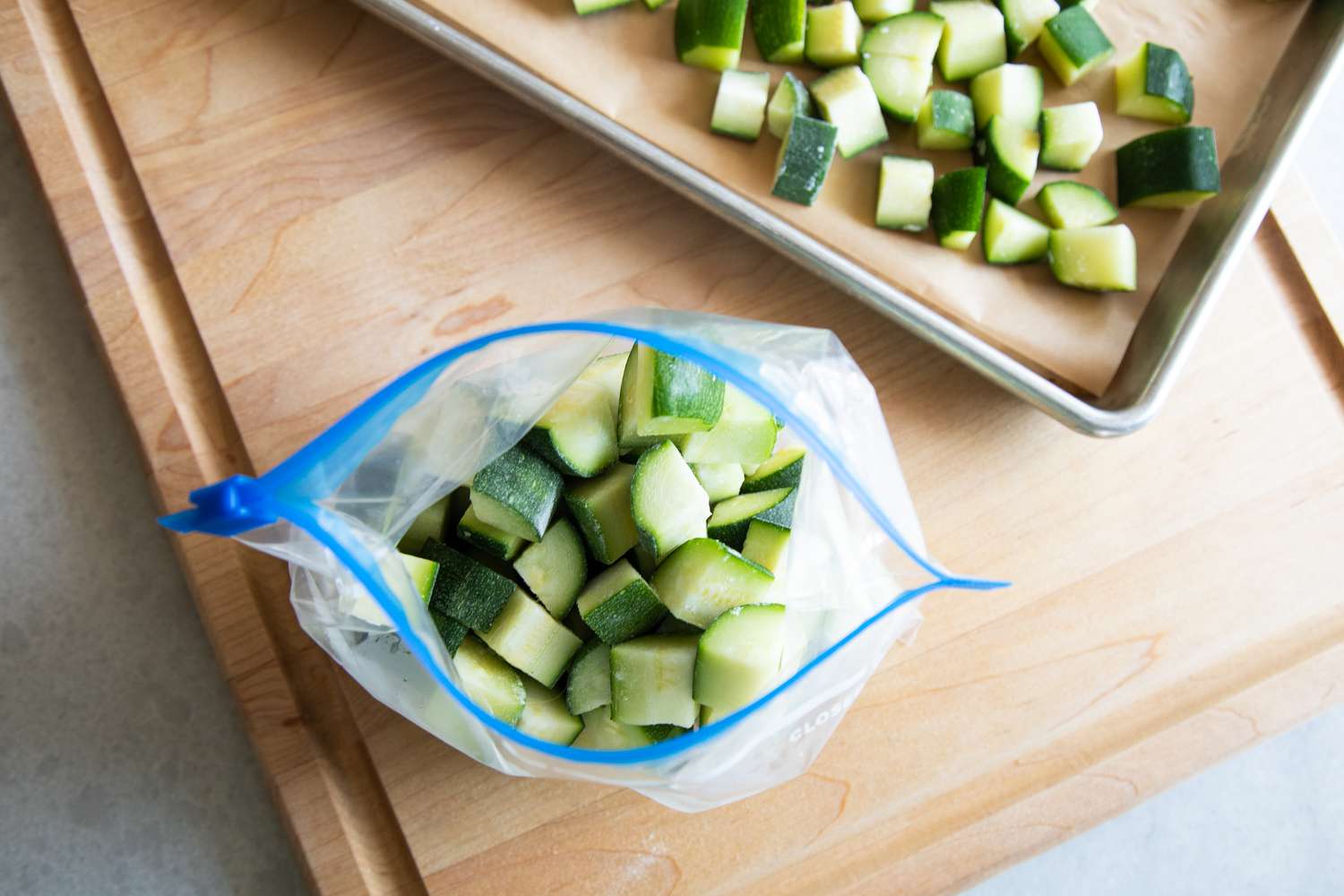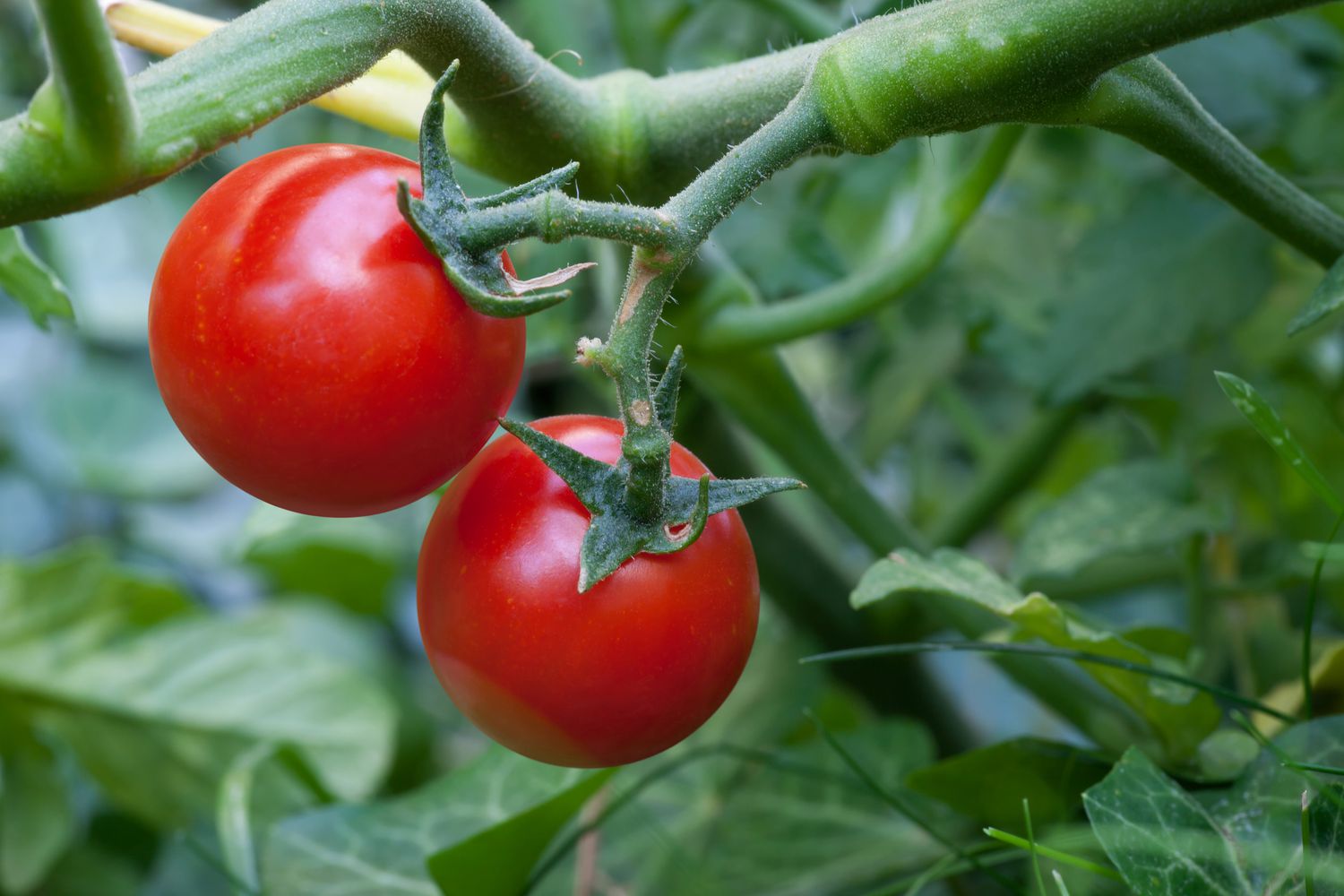What is Blanching?
Blanching is a cooking technique that involves briefly immersing food in boiling water, and then rapidly cooling it in ice water to stop the cooking process. This method is commonly used to partially cook vegetables, such as snap peas, before incorporating them into a dish or preserving them for later use.
Why Blanch Snap Peas?
Blanching snap peas helps to preserve their vibrant color, texture, and nutrients. It also helps to soften the peas slightly, making them more palatable and easier to incorporate into various recipes.
Steps to Blanch Snap Peas
Blanching snap peas is a simple process that can be done in just a few easy steps:
- Prepare an Ice Bath: Fill a large bowl with ice water and set it aside.
- Boil Water: Bring a pot of water to a rolling boil over high heat.
- Add Snap Peas: Once the water is boiling, carefully add the snap peas to the pot.
- Blanch the Peas: Let the snap peas cook in the boiling water for 1-2 minutes, or until they are just tender-crisp.
- Transfer to Ice Water: Using a slotted spoon, quickly transfer the blanched snap peas to the ice water bath to halt the cooking process.
- Drain and Pat Dry: Once the snap peas are cool, remove them from the ice water and pat them dry with a clean kitchen towel or paper towels.
Uses for Blanched Snap Peas
Blanched snap peas can be used in a variety of dishes, including:
- Salads
- Stir-fries
- Veggie platters
- Soups and stews
Conclusion
Blanching snap peas is a quick and easy way to enhance their color, texture, and flavor while preserving their nutrients. By following the simple steps outlined above, you can blanch snap peas to perfection and incorporate them into your favorite recipes with ease.
Blanching snap peas is a quick and easy way to brighten their color and maintain their crisp texture. Once you've mastered this technique, there are several recipes you might want to try. For a light and refreshing salad, the Snap Pea and Feta Cheese Salad is a great option, combining the snap peas with tangy feta. If you're in the mood for something heartier, the Snap Pea and Shrimp Stir-Fry brings together fresh snap peas and succulent shrimp for a satisfying meal. For those looking for a unique flavor combination, the Snap Pea and Mint Pesto Pasta is an excellent choice, blending the peas with a zesty mint pesto. These recipes not only highlight the versatility of blanched snap peas but also offer a variety of flavors and textures to enjoy.
